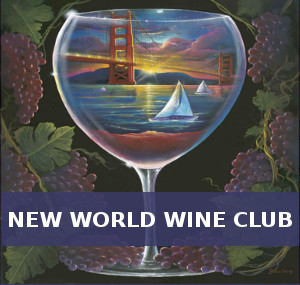In the restaurant business today, the word “green” means more than an ingredient in the salad bowl. It’s a socially responsible way of doing business that includes conserving natural resources, recycling and decreasing energy usage. And it’s something that your patrons notice: 76% of consumers say they “regularly” or “sometimes” buy food or beverages in packages marked “recyclable” and 71% say they buy food or beverages in packages made from recycled materials. Many municipalities now encourage the use of recycled or recyclable materials in foodservice packaging; a few cities have banned some nonrecyclable products altogether.
In response to this legislation and consumer demand, packaging manufacturers have responded with an increasing variety of earth-friendly products for your “to-go” sandwiches. The traditional polystyrene clamshell can be replaced with takeout containers and lids made from 100% recycled PET bottles (like soft drink bottles) or from compostable sugarcane made leak-resistant with the addition of a plant-based resin coating.
If you have a captive audience with a lot of repeat business – such as a college campus or a B&I operation – you might consider a program using FDA-approved reusable, washable plastic clamshells. You can sell them (to help defray the higher initial cost) or give them out as a promotion. Eckerd College in St. Petersburg, Florida, initiated such a program in 2008, charging students $5 each for the clamshells, which are washed by the college. Currently, about 35% of the student population uses the clamshells for their takeout food.
If you use plates, there are lots of environmentally friendly options, including one line of plates made from 100% raw pulp fibers and agricultural by-products. These plates decompose in soil within 180 days. Paper napkins are by their very nature recyclable, but if you want to go even “greener,” you can get napkins made from sugar cane bagasse, the fibrous residue left over the cane is processed.
Since the cost of these products tends to be higher than traditional disposables, you’ll need to determine if you’re going to absorb the extra cost or pass it back to the customer. One option is to post signage stating that you’ve now switched to environmentally friendly packaging – making a positive customer impression — and noting a slight additional charge. Or, take a “money-saving” approach by offering a minimal discount to customers who bring their own takeout bags. Either way, you’ll help ensure your customers enjoy your sandwich selections and feel even better about going “green.”
This article was compiled by the trend team at Sandwichpro.com.
For more information on sandwich techniques and trends, visit SandwichPro.com.












